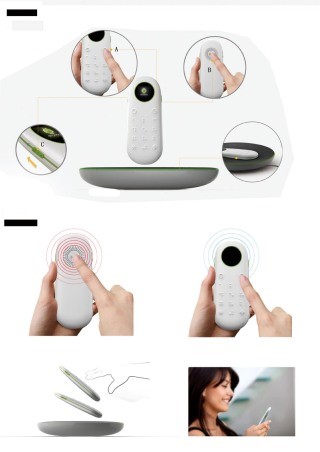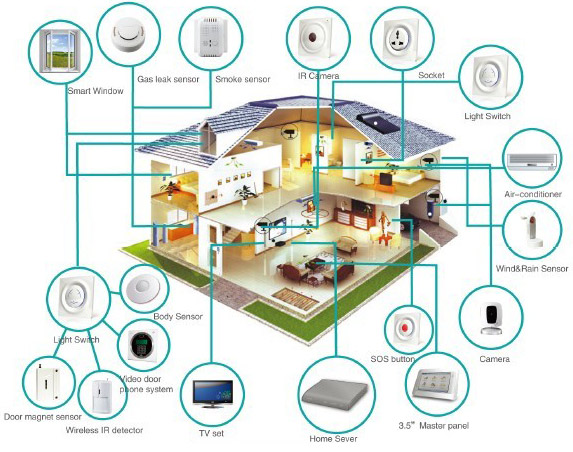In this post I will hypothesize how it’s possible to use design in order to 1) minimize stigmatization, and 2) broaden the “normality” area. I’ve selected wheelchair users as impairment type. As we’ve discussed during this course, (visibly) disabled people are often stigmatized, and one of the reasons for that is because they stand out. Thus, I believe that by broadening the “normality” area, disabled people can be less stigmatized. But how can this be done?
From the lectures, “stigmatization” is defined as “a process where people are discerned as different in any way, by having special needs, using special tools or requiring special solutions”, that is, not “normal”. So if a person looks “normal”, is that enough to prevent stigmatization?
Many people with a walking impairment have to use a wheelchair. As mentioned in the course, wheelchairs aren’t very aesthetically pleasing, and there aren’t many customization options. The design focus is obviously on safety only, and since their customers kind of have to buy them anyway I suppose there’s not a big need to make the wheelchairs look more attractive. Not to mention that they’re kind of bulky and unpractical in many situations, and many people pity the wheelchair users because they can’t walk. In class we’ve theorized about what if we can make wheelchairs cool, and to focus on people’s abilities rather than their disabilities. Cost is an issue because all supportive tools have to be thoroughly safety-tested, and there aren’t that many users for them either. But let’s say that this isn’t a problem. If wheelchairs looked less like an aid for moving around and more like an accessory, would that remove the stigma that exists for wheelchair users?
Well, they’d still be using a “special tool” and need “special solutions”, so probably not entirely. On the other hand, in the best case the stigma could be more positive than a negative one. In class we heard about an attempt to design an entrance for children who couldn’t take the stairs. In the end, they made the elevator look like a rocket, which made abled children want to ride with it, too. While this is very much an improvement, is there another solution for minimizing stigmatization?
During this course a classmate and I have been reading up on exoskeletons. They can be used to enhance human abilities like endurance and lifting (Zoss, Kazerooni, and Chu, 2006), for rehabilitation training (Rajesh, 2013; Veneman, Kruidhof, Hekman, Ekkelenkamp, Van Asseldonk, and van der Kooij, 2007; Mao and Agrawal, 2012; Tsagarakis and Caldwell, 2003; Nilsson, Vreede, Häglund, Kawamoto, Sankai, and Borg, 2014), and to give people the ability to walk again (Wang et al., 2015). While cost is very much an issue today (Nowogrodzki, 2015), some are of the belief or hope that in the future, everyone will wear them (Ferris, 2009; Herr, 2009). And while some models available today look really good (image 1), there’s even some research on soft exoskeletons (image 2) that can be worn under clothes if the batteries and the motors get a bit smaller and repositioned (ExtremeTech, 2014), making them invisible. Truly, were exoskeletons like those available for all wheelchair users, I believe that would minimize stigmatization. And if the day comes when everyone uses an exoskeleton, it’d surely broaden the “normality” area as well.
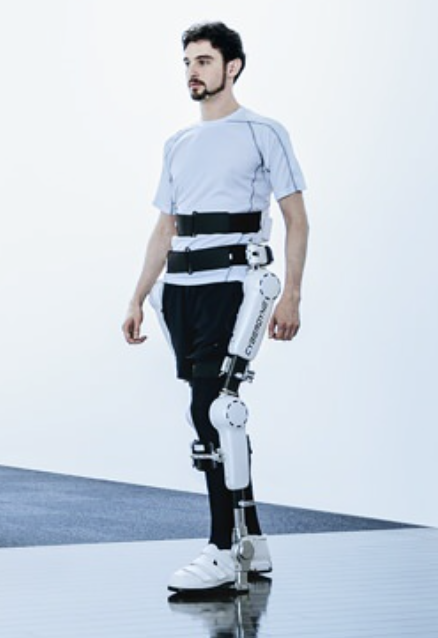
Image 1: HAL exoskeleton from Cyberyne
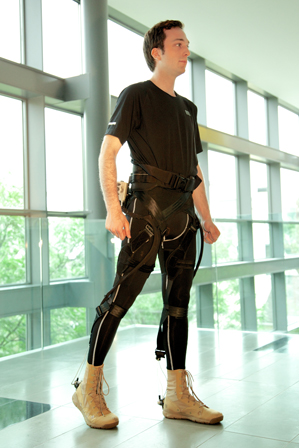
Image 2: Soft exoskeleton developed by Harvard scientists
Another, perhaps easier way to broaden the normality spectrum today, is exposure. As I’ve discussed in previous blog comments/reflections, I believe that education and having more disabled people in movies and other media would help to reduce stigmatization. However, as this isn’t about design, I’ll leave this tangent.
For a more general but more abstract way to use design, one thing I can think of is to design things so that they can be used in more ways than one. For example, most pairs of scissors are made to fit right-handed people (as the majority of people are right-handed), but there are some that are designed for left-handed people as well. Apparently there are even some pairs of scissors that are ambidextrous, meaning they work for both left- and right-handed people just as well (or bad?). While this is probably not applicable to everything and could possibly obstruct the use for some people (like perhaps the ambidextrous scissor is more difficult to use than a right-handed scissor for a right-handed person and a left-handed scissor for a left-handed person), I like this kind of thinking. Instead of having special tools for the minority of people, everyone can use the same things.
However, wheelchairs can be used by people without disabilities, but obviously they don’t use them. How can we design a wheelchair so that everyone uses them? Even if we could do it, for example by making it a status symbol, we probably wouldn’t want to. Even though it would certainly be considered “normal” to use a wheelchair if everyone uses one, it’d not be a very practical solution. Especially when so many people today lead quite sedentary lives. It’s probably better to try to design wheelchairs so that they look more like something one gets because one want to use, rather than has to.
For example, I think that some of the designs that we’ve seen during the lectures look pretty good. A segway-like wheelchair (image 3) that the user can stand up in looked rather stylish and reminded me more of a luxurious chair than a medical tool to me. As we’ve learned during this course, being looked down upon all the time can affect people’s self-esteem, so designing a wheelchair that one can stand in seems like a very good idea to me. Not to mention that this solution can probably help to prevent sores from sitting, and the disabled person might even be able to navigate in narrow areas that aren’t built to be accessible by people in wheelchairs.
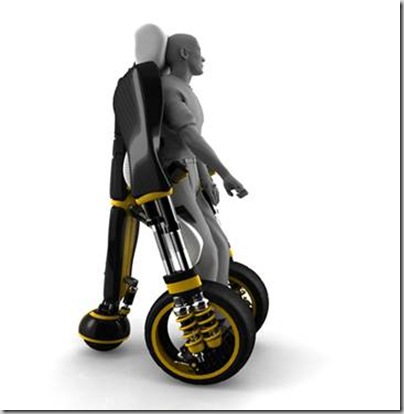
Image 3: A wheelchair design by Jake Eadie
The other attempts to design a wheelchair that can raise the disabled person to standing height were a bit more flawed, as we’ve discussed in class (for example the one that balances precariously on two wheels looked unstable and risky), but at least it’s good to know that some people make an effort to minimize the stigma for wheelchair users.
In the end, I believe that the best thing we as designers can do is to use a proper design process, just like we should when not specifically designing for people with an impairment. I think the universal design process that we learned about in class summarizes a good design process for most cases: Get a good understanding of the situation, what problem is to be solved, make the needs into design requirements, think of solutions and try them out, repeat until a prototype works. As we have learned repeatedly in our Master program in human computer interaction, there’s no good substitute for real users. As mentioned in this course, it doesn’t seem likely that some of the previously mentioned wheelchair designs were ever tested by real users. Indeed, more research with real users is needed, especially so for new technologies such as exoskeletons. According to Pons (2010), exoskeletons won’t be widely accepted in our society before the users are central in the design, development, and validation of them, and cosmetics, aesthetics, and dependability are important factors to be considered for this to become reality.
References
ExtremeTech. (2014). Harvard scientists design soft robotic exoskeleton to reduce fatigue and injuries. Found 2015-12-04, from http://www.extremetech.com/extreme/190025-harvard-scientists-design-soft-robotic-exoskeleton-to-reduce-fatigue-and-injuries
Ferris, D. P. (2009). The exoskeletons are here. Journal of NeuroEngineering and Rehabilitation, 6(17). doi:10.1186/1743-0003-6-17
Herr, H. (2009). Exoskeletons and orthoses: classification, design challenges and future directions. Journal of NeuroEngineering and Rehabilitation, 6(21). doi:10.1186/1743-0003-6-21
Mao, Y. & Agrawal, S. K. (2012). Design of a cable-driven arm exoskeleton (CAREX) for neural rehabilitation. IEEE Transactions on Robotics, 28(4), 922-931. doi:10.1109/TRO.2012.2189496
Nilsson, A., Vreede, K. S., Häglund, V., Kawamoto, H., Sankai, Y., & Borg, J. (2014). Gait training early after stroke with a new exoskeleton – the hybrid assistive limb: a study of safety and feasibility. Journal of NeuroEngineering and Rehabilitation, 11(92).
Nowogrodzki, A. (2015). Softly-softly approach. New scientist, 228(3043), 24.
Pons, J., L. (2010). Rehabilitation exoskeletal robotics. IEEE Engineering in Medicine and Biology Magazine, 29(3), 57-63.
Rajesh, S. M. (2013). Design of human exo-skeleton suit for rehabilitation of hemiplegic people. Procedia Engineering, 51, 544-553.
Tsagarakis, N. G. & Caldwell, D. G. (2003). Development and control of a ‘soft-actuated’ exoskeleton for use in physiotherapy and training. Autonomous Robots, 15(1), 21-33.
Veneman, J. F., Kruidhof, R., Hekman, E. E., Ekkelenkamp, R., van Asseldonk, E. H., & van der Kooij, H. (2007). Design and evaluation of the LOPES exoskeleton robot for interactive gait rehabilitation. IEEE Transactions on Neural Systems and Rehabilitation Engineering, 15(3), 379-386.
Wang, S., Wang, L., Meijneke, C., van Asseldonk, E., Hoellinger, T., Cheron, G., … & van der Kooij, H. (2015). Design and control of the MINDWALKER exoskeleton. IEEE Transactions on Neural Systems and Rehabilitation Engineering, 23(2), 277-286.
Zoss, A. B., Kazerooni, H., & Chu, A. (2006). Biomechanical design of the Berkeley lower extremity exoskeleton (BLEEX). IEEE/ASME Transactions on Mechatronics, 11(2), 128-138. doi:10.1109/TMECH.2006.871087
Image references
Image 1: http://robotenomics.com/2014/04/03/a-random-walk-with-hal-the-friendly-exoskeleton/
Image 2: http://www.technologyreview.com/news/530751/motorized-pants-to-help-soldiers-and-stroke-victims/
Image 3: http://www.gadgetsavy.com/gadgets/gadgets/228-future-elevating-wheelchair.html




